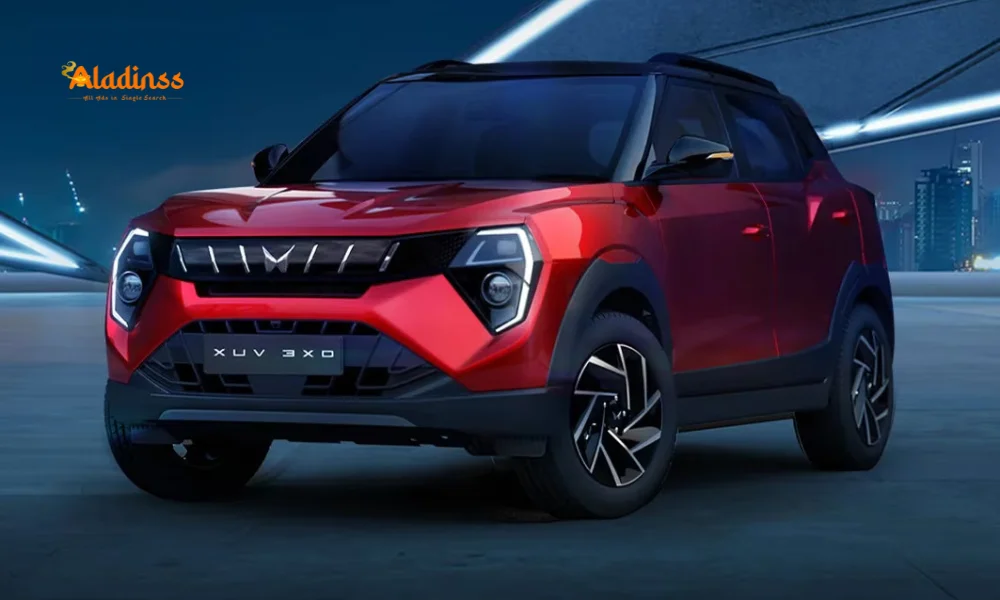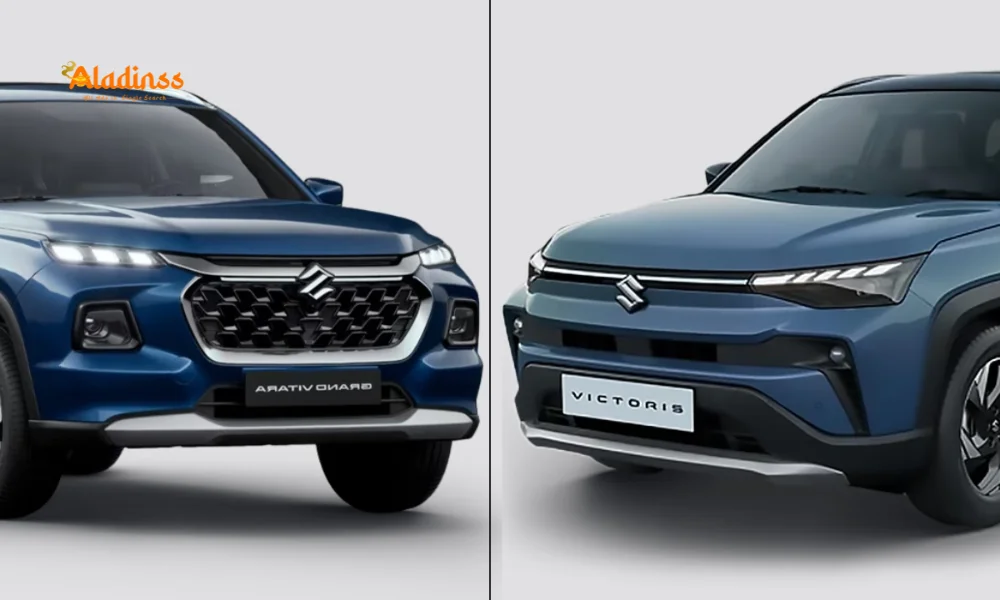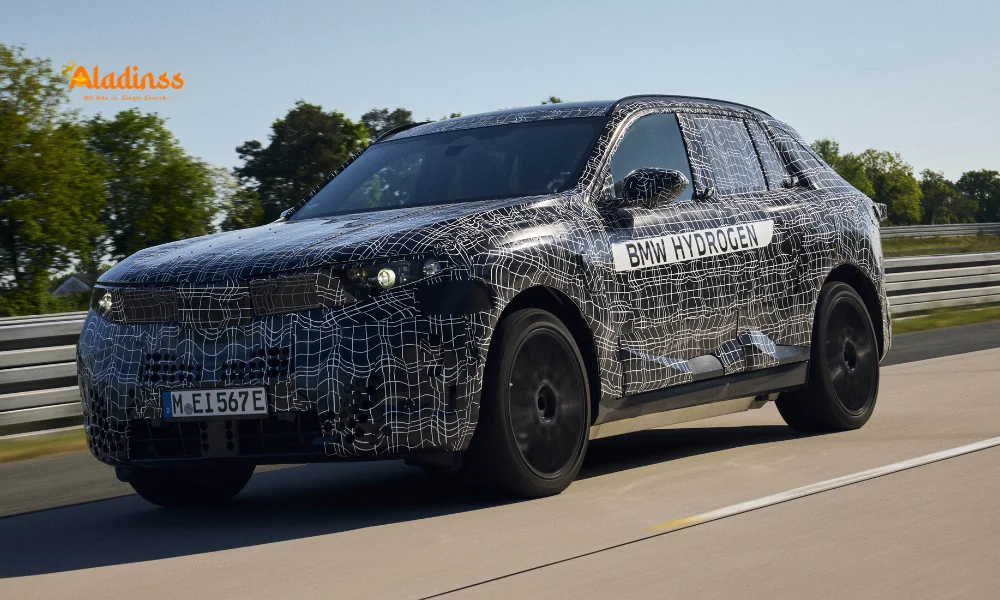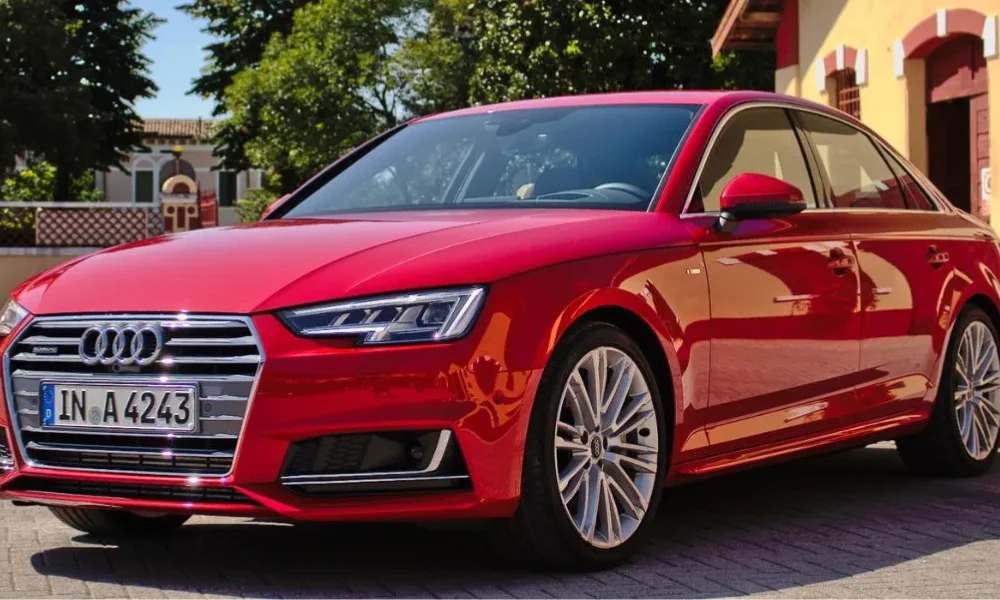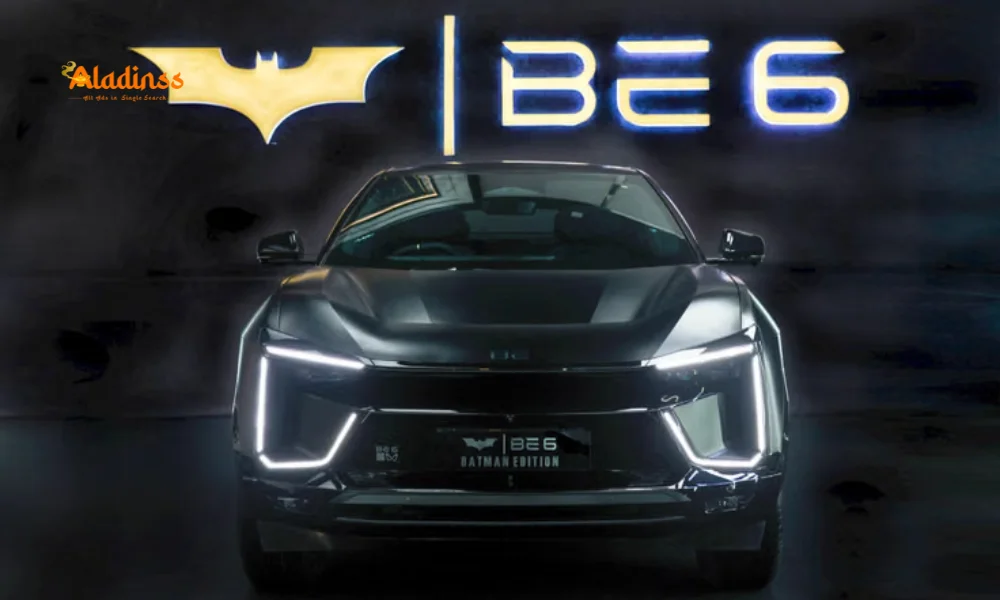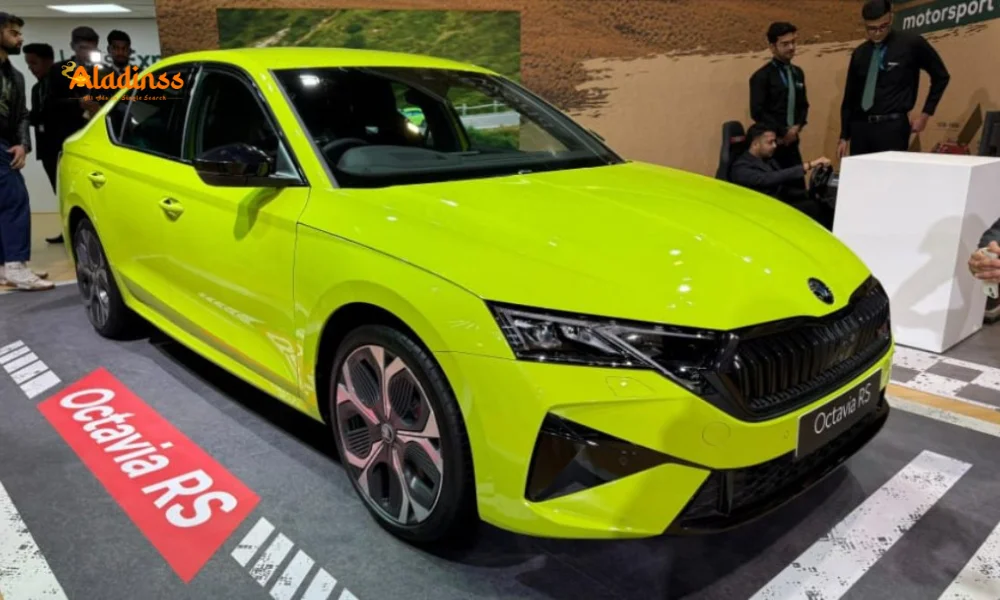E20 Fuel India: Rollout & Insights
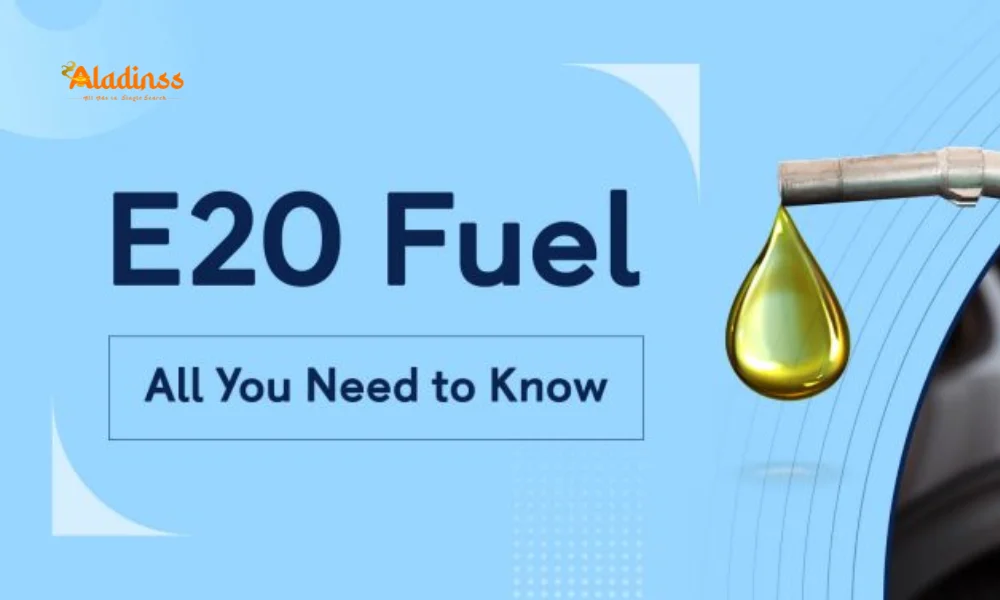
E20 Fuel India 2025: Complete Guide to Nationwide Rollout, Benefits, and Challenges
India's booming automotive sector is accelerating toward sustainability with the ambitious nationwide rollout of E20 fuel by the close of fiscal year 2025. As one of the world's quickest-expanding vehicle markets, the country is championing eco-friendly propulsion through this ethanol-blended petrol variant, sparking both enthusiasm and debate among drivers. E20 fuel India represents a 20% ethanol mix with 80% conventional gasoline, a step up from the existing E10 standard, aimed at slashing carbon footprints and fossil fuel reliance. Amid projections of saving $5 billion in foreign exchange and injecting nearly $4.6 billion into rural economies via farmer incentives, the transition promises greener roads but raises valid concerns over vehicle compatibility and performance. This comprehensive overview demystifies E20 petrol benefits and drawbacks, equipping motorists with insights for the shift ahead in India's green motoring revolution.
The government's proactive stance, under the National Policy on Biofuels, positions E20 as a cornerstone for achieving 20% blending by 2025-five years ahead of initial targets. With ethanol demand surging to 10 billion liters this year, the initiative not only bolsters energy security but also aligns with global net-zero pledges. Yet, as pumps transition, questions linger: Will your ride thrive on E20, or will it stutter? Let's dive into the essentials of this biofuel breakthrough.
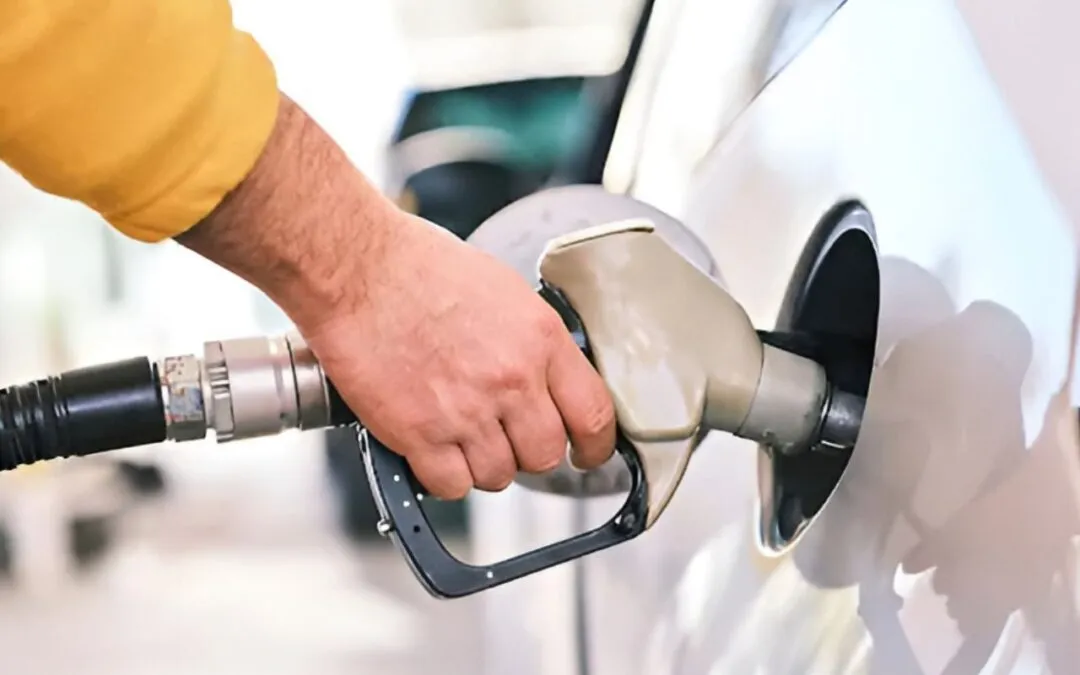
Understanding E20 Fuel: Composition and Production Process
At its core, E20 fuel is a synergistic blend of 20% ethanol-a clean, renewable alcohol-and 80% petroleum gasoline, elevating the ethanol content from the prior 10% in E10 variants. This formulation enhances combustion efficiency while curbing harmful byproducts, marking a pivotal evolution in India's fuel ecosystem. Ethanol, the star ingredient, derives from abundant biomass sources such as sugarcane, corn, molasses, wheat residues, discarded grains, and rice straw-transforming agricultural waste into vehicular power.
Production ramps up through advanced fermentation and distillation techniques at dedicated biofuel refineries, with India expanding capacity via public-private partnerships. The Petroleum Ministry oversees quality benchmarks to ensure seamless integration at fuel stations, minimizing disruptions during the E20 fuel India rollout. This domestic sourcing not only cuts logistics costs but also promotes circular economy principles, converting crop surpluses into export-grade ethanol for global markets.
For consumers, the shift feels incremental: E20 pumps will coexist with legacy fuels initially, allowing gradual adaptation. However, as blending mandates tighten, widespread availability by March 2026 will redefine refueling norms, fostering a biofuel-centric future.
Also Read: Electric Defender 2027: Compact EV Details
Key Benefits of E20 Petrol: Environmental, Economic, and Performance Gains
The pivot to E20 isn't mere policy-it's a multifaceted win. Environmentally, E20 petrol benefits shine brightest: studies from the Indian Institute of Petroleum indicate up to 30% lower carbon emissions versus pure gasoline, alongside reduced NOx and particulate matter, directly combating urban air pollution in megacities like Delhi and Mumbai. By displacing fossil imports, India anticipates forex savings of $5 billion annually, easing trade deficits and stabilizing fuel prices amid global volatility.
Economically, the ripple effects empower 5 crore farmers through ethanol procurement at premium rates, projected to infuse $4.6 billion into agrarian pockets and spur rural jobs in collection, processing, and logistics. For compliant vehicles-those BS-VI engines tuned for higher blends-E20 delivers mileage uplifts of 5-10%, per ARAI tests, thanks to ethanol's higher octane (108 RON) boosting combustion. Real-world variances stem from driving styles, loads, and climates, but aggregate data suggests net fuel cost savings of 2-3% over time.
Strategically, this accelerates India's 2030 clean fuel agenda, aligning with COP commitments and positioning the nation as a biofuel leader. Carmakers like Maruti Suzuki and Tata are fast-tracking E20-ready models, ensuring seamless integration without retrofits for new fleets.
Potential Drawbacks of E20 Fuel: Compatibility Issues and Maintenance Woes
No innovation is flawless, and E20's hygroscopic nature-its affinity for absorbing moisture-poses tangible risks. In humid climes, this can lead to phase separation in fuel tanks, fostering corrosion in non-compatible systems and spiking repair bills by 15-20%. Older pre-BS-VI engines, lacking ethanol-resistant seals and injectors, may suffer 5-15% mileage drops, accelerated component degradation, and erratic idling, as flagged by SIAM reports.
Driver backlash echoes in forums: performance dips in vintage rides, elevated cold-start challenges, and perceived volatility in power delivery. The government counters with "no side effects" assurances for modern machinery, but for legacy owners, upgrades like fuel additives or tank liners could mitigate harms at Rs 5,000-10,000 per vehicle. Long-term, unchecked use risks warranty voids, underscoring the need for phased education campaigns.
Despite these hurdles, the Ministry's monitoring framework-via OMCs and R&D labs-aims to refine blends, potentially evolving to E25 by 2030 with fortified additives.
E20 Rollout Timeline: From Pilot to Pan-India Availability
Kicking off with pilots in ethanol-rich states like Uttar Pradesh and Maharashtra since 2023, the E20 fuel India rollout scales nationwide by Q4 FY25. IOCL and BPCL lead infrastructure upgrades, installing segregated pumps to avert cross-contamination. By December 2025, 90% urban outlets will stock E20, backed by subsidies for blending tech and awareness drives via PSAs and apps.
This accelerated cadence-beating 2025 targets-reflects surplus sugarcane yields and policy incentives like interest-free loans for distilleries. Challenges persist: supply chain bottlenecks in monsoons and quality variances, but digital tracking via UPI-linked vouchers ensures transparency.
For two-wheelers dominating 80% of sales, dedicated E20 variants from Hero and Bajaj will debut, safeguarding commuter fleets.
Vehicle Compatibility and Tips for E20 Adoption
Assessing readiness is key: Consult your owner's manual or dealer for E20 stickers on post-2020 BS-VI cars. Hybrids and EVs sidestep issues entirely, but for petrol purists, periodic fuel system flushes prevent buildup.
- Opt for certified additives to counter moisture.
- Monitor OBD-II for error codes post-switch.
- Prefer enclosed garages to minimize condensation.
- Budget for annual tune-ups, potentially 10% costlier.
Industry voices like FADA advocate extended warranties, while startups innovate ethanol-tolerant coatings.
Future Outlook: E20's Role in India's Sustainable Mobility Vision
Beyond 2025, E20 paves for E30 ambitions, integrating with EV mandates for a diversified green matrix. Economic multipliers-job creation in 50,000+ distilleries-could uplift GDP by 0.5%, per NITI Aayog. Globally, it inspires peers like Brazil, fostering tech exchanges in second-gen biofuels from algae and municipal waste.
Challenges like feedstock competition with food security demand vigilant policy tweaks, but successes in emission hotspots validate the trajectory. For drivers, E20 isn't disruption-it's destiny, blending progress with prudence on India's asphalt arteries.
As stations illuminate with E20 signage, embrace the blend: cleaner air, thriftier tanks, and a healthier planet await those who adapt wisely.
Comment / Reply From
No comments yet. Be the first to comment!


